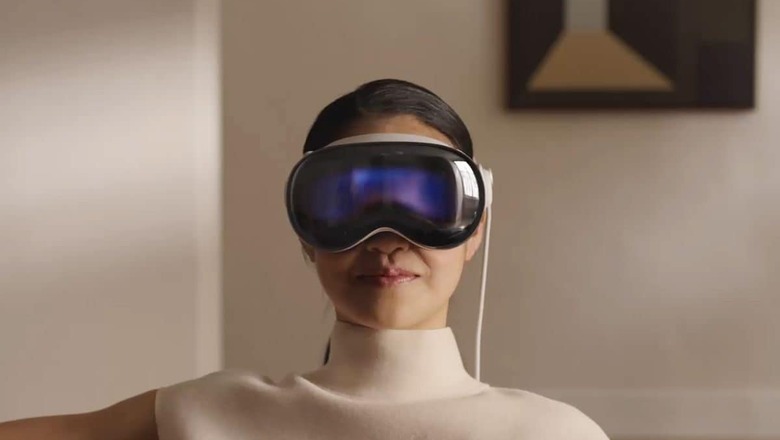
views
Apple is gearing up for the official launch of the Vision Pro mixed reality headset in the US on February 2 next month, and fans are eagerly counting down the days to get their hands on the iPhone maker’s first new product line in almost a decade.
Since it’s a fresh addition to Apple’s lineup, many prospective customers are still in the dark about what it is and how it works. So, let’s dive into five key things about Apple’s new ‘Spatial Computer’:
It is a mixed-reality headset, not limited to Virtual Reality (VR)
Contrary to popular belief, the Vision Pro isn’t a virtual reality headset. Instead, it works by mixing virtual reality with augmented reality (AR) to blend the digital with the physical world—while staying present and aware of their surroundings. Apple says this headset introduces us to ‘spatial computing,’ just as the iPhone introduced us to mobile computing and what the Mac was to personal computing.
Apple Vision Pro starts at $3,499 in the US
Firstly, the Vision Pro is exclusive to the US for now, with availability for other regions to follow later this year. There are three variants of the Vision Pro available: the 256GB base model, the 512GB variant, and the top-end 1TB variant. These are priced at $3,499, $3,699, and $3,899, respectively.
And coming to in-box contents, you get: a Solo Knit Band, Dual Loop Band, a Light Seal, Light Seal Cushion, a cover for the front of the device, a polishing cloth, a 30W USB-C power adapter and cable, and the battery.
It is powered by Apple’s Own M2 Chipset
Like its Macs and iPads, the Vision Pro also gets Apple’s own in-house second-generation chipset—the Apple M2, which is based on a 5nm process and is the company’s second-generation chip. Apple has also introduced a new R1 chip to improve immersion and make virtual objects feel more realistic.
The headset features two micro-OLED screens with a combined resolution of 23 million pixels and a fast refresh rate up to 100Hz, enabling an immersive experience.
It runs on a brand-new OS called VisionOS
VisionOS serves as the operating system for the Vision Pro. This three-dimensional OS is tailored to the unique features of the Vision Pro product line, offering gesture-based control and a slew of entertainment and productivity options. However, as it is a niche product, popular apps like Netflix are going to skip making a dedicated app for now.
One Size Doesn’t Fit All
The Apple Vision Pro headset must fit correctly on a consumer’s head for the optimal experience, and it is only possible if they buy the headset with the right Light Seal and Head Band. Apple does this by prompting you to scan your face using a FaceID-equipped iPhone or iPad. Only then will you be able to choose your variant and proceed to checkout. At offline stores, its employees help you with it.

















Comments
0 comment